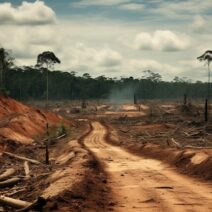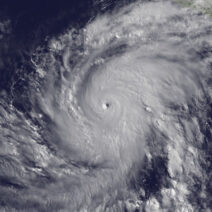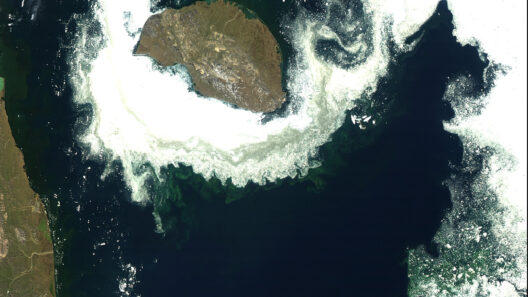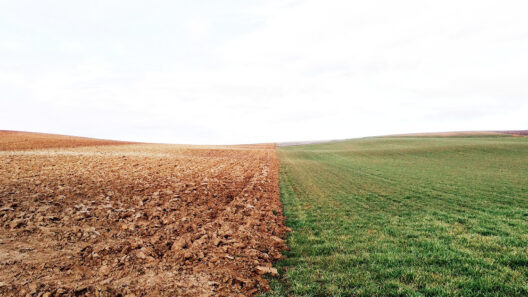As the planet grapples with the repercussions of climate change, some of its smallest inhabitants—guinea pigs and hummingbirds—are quietly caught in the crossfire. The effects of shifting climatic conditions ripple through ecosystems, directly impacting these unsuspecting creatures, whose very survival hinges on the delicate balance of their respective environments.
To comprehend the gravity of the situation, we must first delve into the lives of these diminutive victims. Guinea pigs, scientifically known as Cavia porcellus, are social, gentle creatures that thrive in communal settings. Originally domesticated in the Andean regions of South America, the modern guinea pig is a cornerstone of pet ownership in many households. However, their plight extends beyond domesticity; there is a profound ecological narrative tethered to their existence. Rising temperatures and climate perturbations can alter their habitats and food sources, leading to nutritional deficiencies and health complications.
Similarly, hummingbirds are an emblematic representation of the fragility of nature’s balance. These avian marvels exhibit an extraordinary display of iridescent plumage and remarkable agility, playing a pivotal role as pollinators in various ecosystems. With over 300 species across the Americas, their survival is intricately linked to specific floral species that depend on them for reproduction. As temperatures rise, plant phenology—the timing and flowering of plants—becomes erratic. When flowers bloom too early due to warmer weather, hummingbirds may find themselves in a state of starvation if migratory patterns do not align with these changes.
Climate change does not operate in isolation; it fosters a cascade of other environmental challenges. One glaring issue pertains to habitat destruction. Deforestation and urban sprawl decimate the natural habitats of guinea pigs and hummingbirds alike. When guinea pig populations are displaced or experience habitat fragmentation, their social structures unravel, leading to decreased genetic diversity and increased susceptibility to disease. Meanwhile, for hummingbirds, the loss of vital floral habitats results in diminished food sources. Such loss can trigger a decline in their populations, as they are unable to sustain themselves without adequate sustenance.
The repercussions extend into the agricultural sector, critically impacting the crops that both guinea pigs and hummingbirds depend on. Guinea pigs are herbivorous and require a diet rich in hay, fresh vegetables, and grains. As climate change progresses, agricultural yields may suffer from extreme weather events such as droughts or floods, affecting food availability. This, in turn, translates to severe nutritional challenges for both domesticated and wild populations, leading to malnutrition and related health complications.
For hummingbirds, the relationship with flowering plants is symbiotic. Many flowers have adapted to rely on specific bird species for pollination, thereby ensuring their own reproduction. However, if climate change alters the distribution of these plants, hummingbirds face existential threats. Some species may find their habitat entirely bereft of the necessary flowering plants, jeopardizing their entire ecosystem and survival.
The narrative does not end here. Invasive species, spurred by climate fluctuations, threaten the delicate balance these creatures rely upon. In the case of guinea pigs, the introduction of invasive flora can result in unsuitable feeding conditions. Conversely, certain invasive insect populations can disturb native plant species that hummingbirds rely on. The staggering interconnectedness of these ecosystems illustrates that what happens in one corner of our planet can have far-reaching implications.
Nevertheless, amidst these escalating threats, there lies an opportunity for change. A shift in perspective is imperative to ignite curiosity and spur action. By focusing on the small and often overlooked victims of climate change, we can catalyze a broader conversation about environmental stewardship. Efforts can be directed towards habitat restoration, increasing public awareness, and enhancing the breeding of resilient plant species that can adapt to changing climates.
This signifies the importance of collective action. Initiatives such as community gardens, conservation efforts, and educational programs can bolster not only the populations of guinea pigs and hummingbirds but also local ecosystems. Gardening projects that incorporate native plants can entice hummingbirds while offering nutritional options for guinea pigs. Building sanctuaries that protect guinea pig habitats from encroachment and disturbance can ensure their survival in the wild.
Moreover, collaboration with local wildlife organizations can establish frameworks for monitoring these populations. This data-driven approach could yield insights into their behaviors and ecological needs, fostering a deeper understanding of how best to sustain them amidst adversity.
In conclusion, the plight of guinea pigs and hummingbirds amidst climate change unveils a complex tapestry of ecological interdependence. Their stories are not merely individual narratives; they are reflective of the broader environmental crisis that encompasses us all. Understanding the challenges faced by these tiny victims necessitates a reconfiguration of our thinking. It compels us to recognize the value of every creature, regardless of size, in the intricate web of life that sustains our planet. As we confront these pressing issues, let us ignite curiosity, invite engagement, and inspire a future where every small being thrives amid a changing world.







